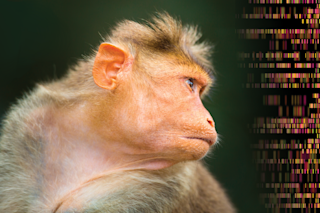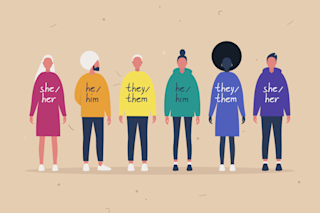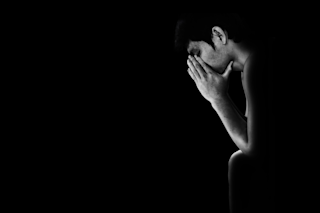Some conservatives argue that homosexuality is a personal choice or the result of environmental influences. Some gay rights activists insist that homosexuality is genetic, hoping that proof from that domain will lead to greater acceptance. Still others, backing the same cause, discourage any investigation into the biological origins of sexual orientation, fearful that positive results will lead to attempts to rid the world of potential homosexuals. A handful of scientists, though, are just curious. For them, the discovery of how an individual becomes gay is likely to shed light on how sexuality-related genes build brains, how people of any persuasion are attracted to each other, and perhaps even how homosexuality evolved.
“Who cares about gay men or lesbian women?” asks geneticist Sven Bocklandt of the David Geffen School of Medicine at UCLA. “Sexual selection defines evolution and creation—such a major player in determining society—and we have no idea how it ...













